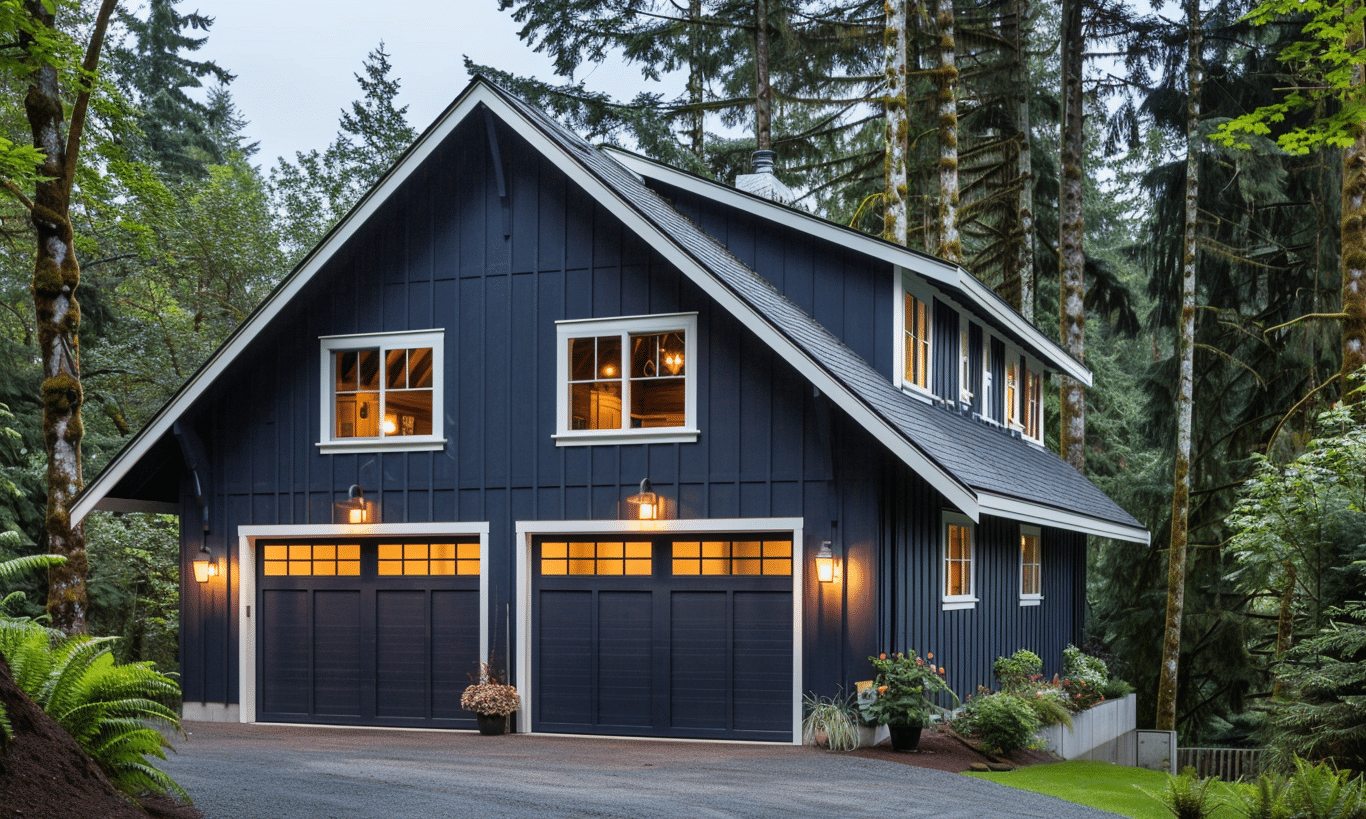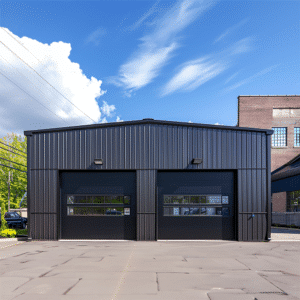In the ever-evolving world of construction, the spotlight is increasingly focusing on sustainable building practices. These practices are no longer a mere option but a necessity as our planet faces unprecedented challenges in climate change and resource depletion. In the heart of this movement is the concept of sustainable building, which not only promises to reduce our ecological footprint but also aims to revolutionize the way we conceive spaces and structures. But what exactly does sustainable building mean, and why is it so crucial for the future of construction?
Sustainable building, in essence, refers to designing, constructing, and operating structures in a way that reduces environmental impacts and enhances occupant health and wellbeing. It involves the efficient use of energy, water, and other resources while minimizing waste and pollution. Moreover, it considers the entire lifecycle of the building, from cradle to grave, ensuring that each phase contributes positively to the planet. This comprehensive approach ensures that sustainable building is integrated into every aspect of construction, from the selection of materials to the architectural design.
Understanding the Basics of Sustainable Building
To appreciate the significance of sustainable building, one must first grasp its fundamental principles. These include energy efficiency, material sustainability, indoor environmental quality, and site optimization. Energy efficiency focuses on reducing the energy consumption of buildings, typically through improved insulation, energy-efficient windows, and the use of renewable energy sources. Material sustainability emphasizes the use of eco-friendly materials that are either recycled or sustainably sourced, thus reducing the demand for virgin resources.
Furthermore, maintaining high indoor environmental quality is about ensuring that the indoor environment is healthy for the occupants. This can be achieved through proper ventilation, the use of non-toxic materials, and maintaining comfortable temperature and humidity levels. Site optimization, on the other hand, deals with using the land in a sustainable manner, such as minimizing the building footprint and maximizing green space.
These principles are increasingly being recognized by various green building certifications around the world, which set standards and provide guidelines for sustainable building practices.
The Role of Steel Buildings in Sustainable Construction
When thinking of sustainable construction, one might picture solar panels and wind turbines, but did you know that steel buildings have a significant role to play? Steel is one of the most recyclable materials in the world, which inherently makes it a sustainable choice. Moreover, steel construction can offer various other environmental benefits.
For instance, the prefabrication of steel components minimizes waste on-site. Additionally, steel structures often have higher durability and longevity, which reduces the need for frequent repairs and renovations. These attributes contribute to the environmental benefits of steel buildings, making them a viable option in the pursuit of sustainability.
In this context, products like the 40×60 steel building kit come to the fore, offering practical solutions for those seeking sustainable construction. Steel building kits are not only easy to assemble, saving time and labor costs but also offer an opportunity to incorporate sustainable design from the ground up.
Visualizing Sustainable Building Across Canada
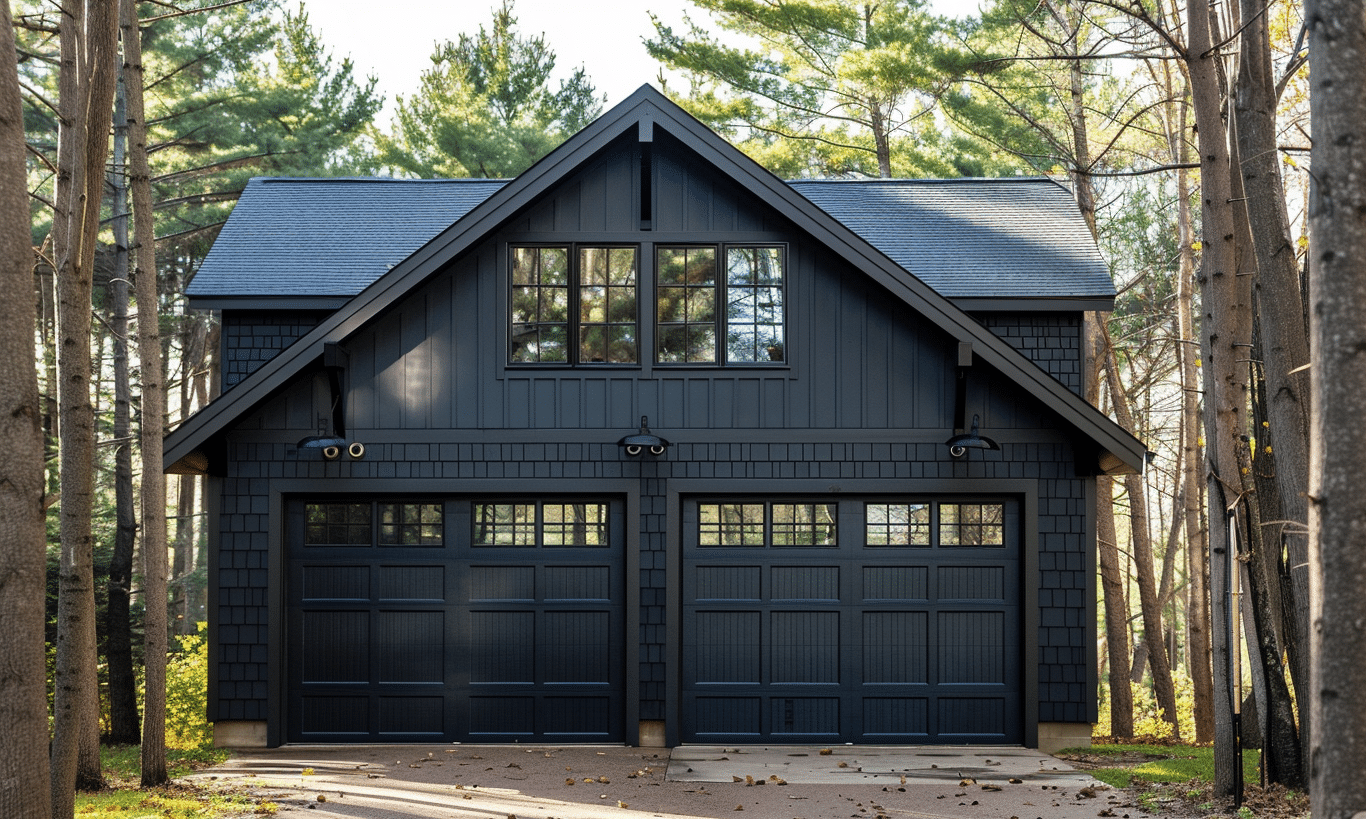
Sustainable building practices can be seen across Canada, with provinces like Ontario leading the charge through innovative designs and methodologies. Initiatives by organizations like the Canada Green Building Council – Sustainable Building are pivotal in this progression, ensuring that construction practices adhere to high standards of environmental stewardship and efficiency.
The Broader Implications of Sustainable Architecture
Sustainable architecture has become a buzzword in the industry, but it is more than just a trend. It’s a pathway towards a more responsible future, embedding ecological sensitivity into design processes. Sustainable architecture emphasizes harmony between the building and its natural surroundings, promoting biodiversity, and even contributing to the regeneration of ecosystems.
This approach not only addresses the needs of today but is designed with future generations in mind. It is about making choices that have long-term positive impacts on both the environment and society. For more insights into this topic, explore sustainable architecture and how it is shaping the buildings of tomorrow.
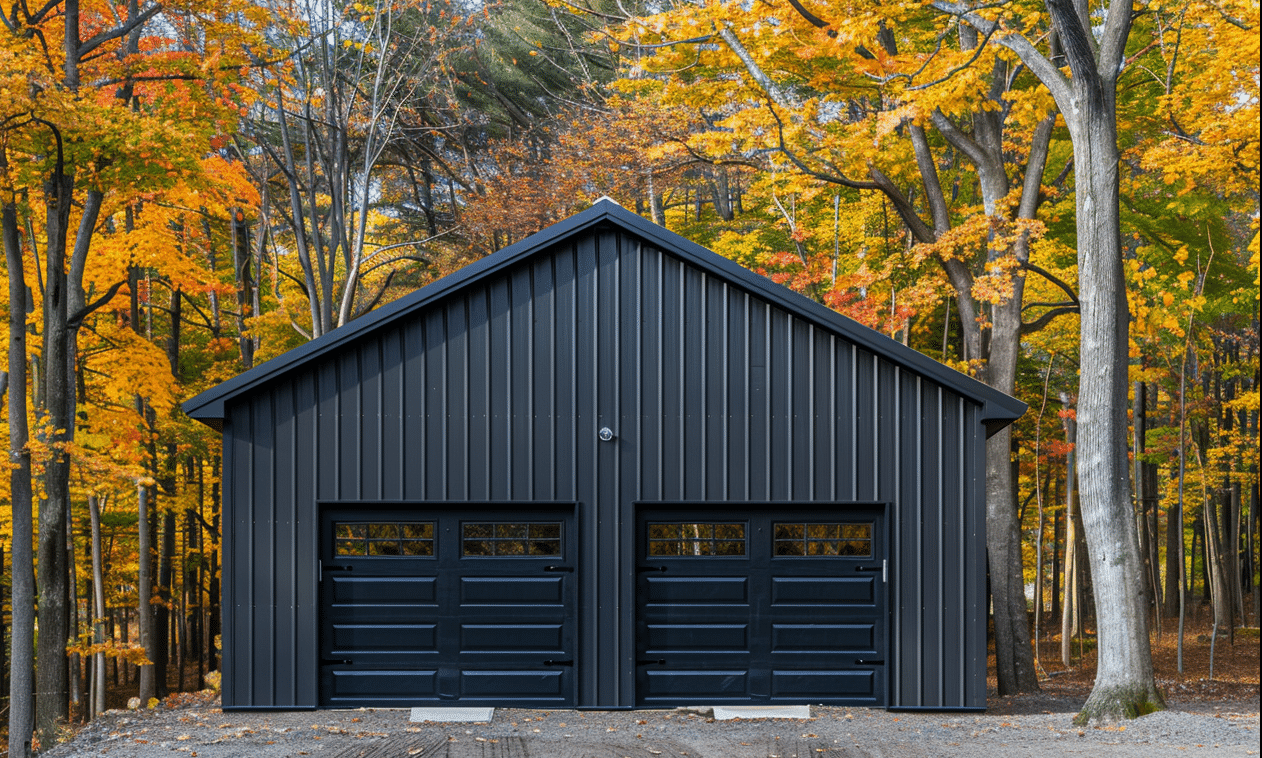
Challenges and Innovations in the Sustainable Building Sector
While the sustainable building sector is burgeoning with innovations, it does face its share of challenges. One of the primary obstacles is the initial cost of sustainable building materials and technologies, which can be higher than traditional ones. However, this initial investment often pays off in reduced operating costs over time, not to mention the potential incentives and subsidies available for sustainable practices.
The integration of new technologies is another area of growth and challenge. From intelligent building management systems to advanced energy storage solutions, technology is key to advancing sustainable building practices. As the industry adapts, we are witnessing a rapid evolution in construction technologies, making what was once impractical or too expensive, feasible and cost-effective.
The Road Ahead: Embracing Sustainable Building
Sustainable building is not merely a construction trend but a fundamental shift in how we approach the built environment. As we become more aware of our environmental impact, the need for sustainable solutions becomes imperative. With steel buildings paving the way and innovative architectural designs on the rise, the future of construction looks promisingly sustainable.
Our task is now to embrace and support these practices, recognizing the role each of us plays in this ecological renaissance. As the sector continues to innovate and grow, sustainable building will undoubtedly form the foundation of the construction industry, heralding a new era of conscientious design and construction.
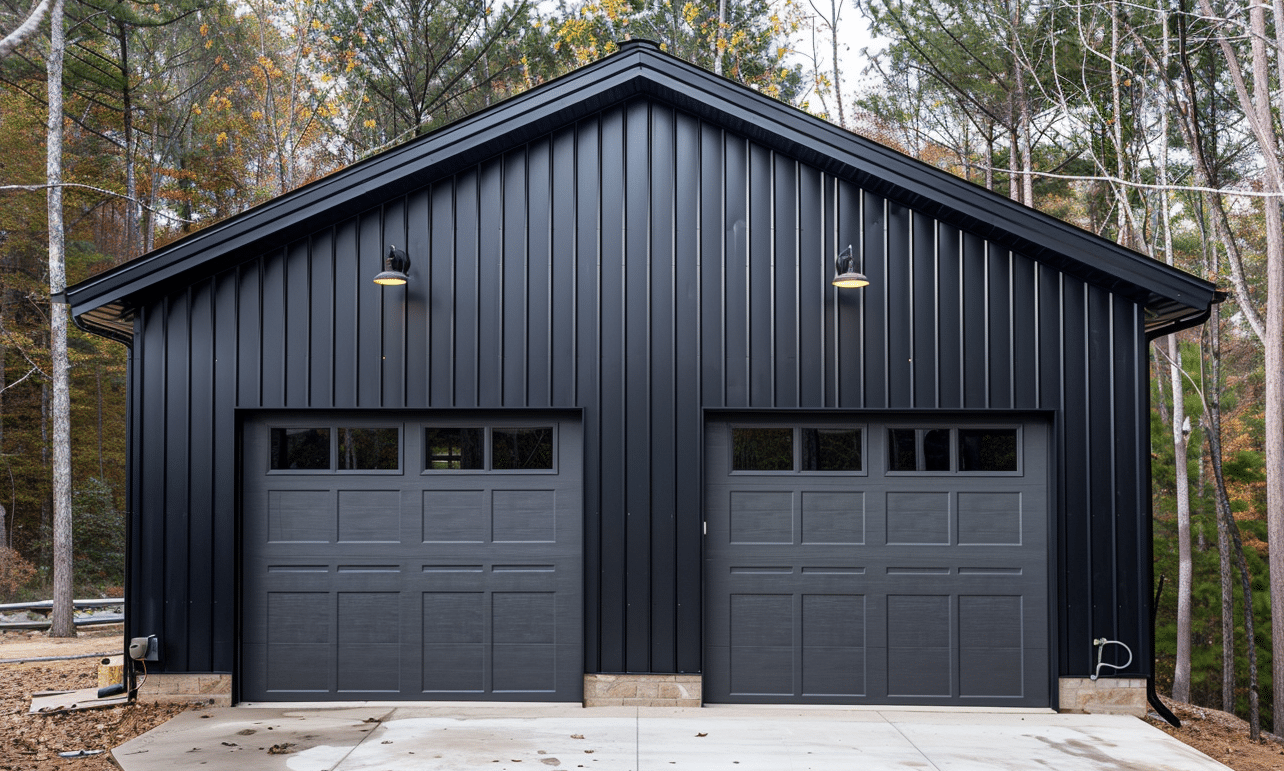
In conclusion, the journey towards sustainable building is one of collaboration, innovation, and resilience. Through initiatives like Canada Green Building Council – Sustainable Building, and leveraging materials such as steel—accompanied by cutting-edge design principles—we are poised to construct a future that aligns with ecological harmony and sustainability. It’s about building not just for today, but for an enduring tomorrow.


